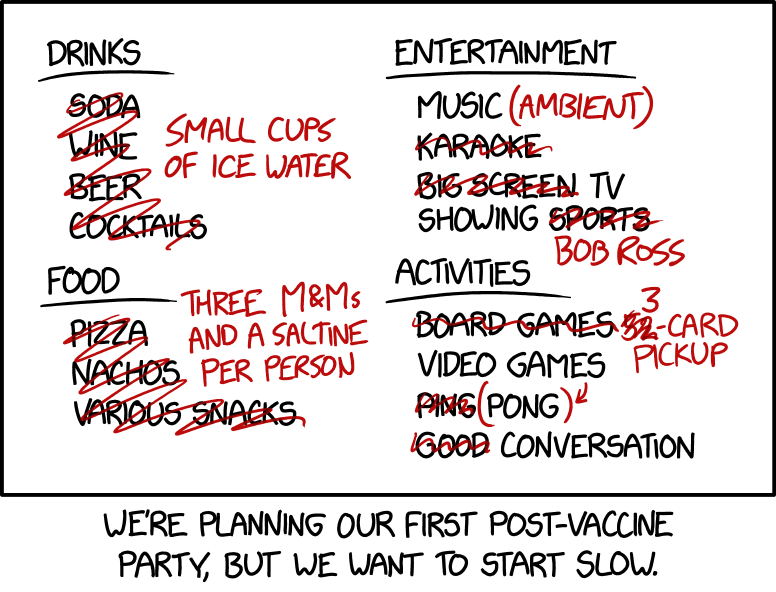
We’re more than a year into this so let’s check in on the progress. Locally in King County, we are thankfully way down from the peak after Christmas and levels are now around where they were in October. There’s a uptick in cases over the past couple weeks and if past trends are any indication, that usually means we’re heading for another peak. The trend we’re seeing here is being echoed in the rest of the world as well as cases are on the rise again.
The state has been relaxing restrictions over the past few weeks and the vaccine rollout is in full swing. Around 16% of the state is fully vaccinated with 28% having received their first dose. There are about 6 million adults in the state. Today 3 million are eligible and about two thirds of the eligible people have received their first dose. Over the next week, another 2 million will be eligible and on or before May 1, the final 1.2 million will be eligible. (source) If the current rate of vaccinations in our state stays the same, we’ll have about 3.5 million vaccinated by May 1. That’s a lot of data to swallow but the key question that comes out for me is how quickly should we be adding people to the list? If we go too slowly, we risk not keeping the pipeline full and wasting days and vaccines. If we go too quickly, we risk missing some of the most at-risk people who may have trouble getting to a vaccination site. But how many people of the people currently eligible are not planning to get the vaccine? Our current plan is to hop on the list as soon as we’re eligible and trust that the decision makers are doling these out fairly. I’m curious to see how long our wait will be when that happens.
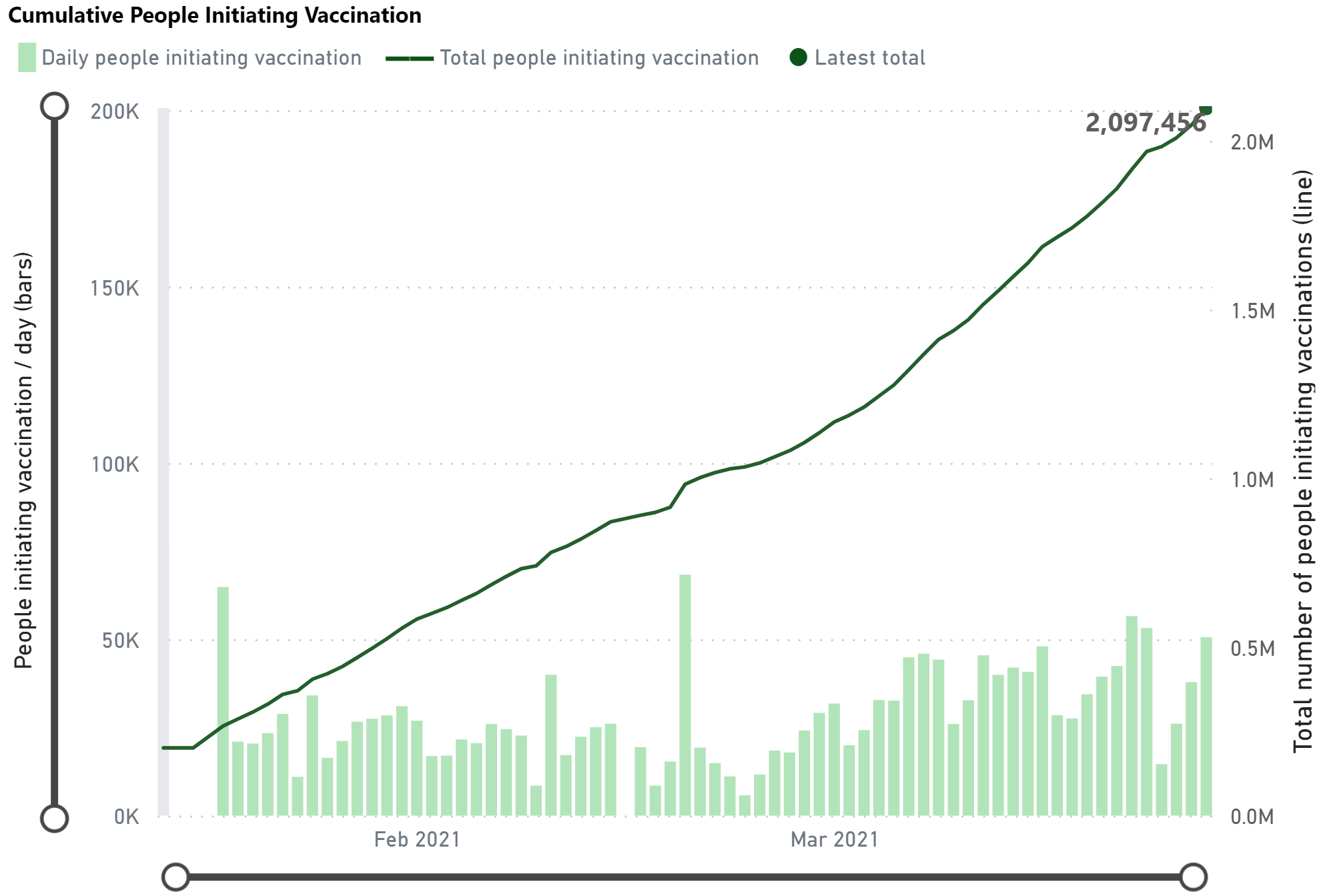
It’s wonderful to see the vaccines going out much more quickly than planned. I pray that enough people get the vaccines and that the vaccines are effective enough to see a more permanent drop in numbers. Then we wait to see for how long they are effective.
The loosening restrictions and quick vaccine rollout has thrown me back into the world of figuring out how to adjust our own behavior. For a long time our personal guideline has been to reduce the amount of risk we put into the system. In the big picture, any contact outside your house increases risk and the more the risk rises, the more cases we have and the more people die. So we helped by keeping our risk input very low. If I catch it and take up a hospital bed, I want to know that it was because I was doing an approved activity and being as careful as I could. But now that a lot of the highest risk people are vaccinated, the math changes. It’s less critical if we have ten teenagers get sick than ten octogenarians. A lot organizations are putting a higher focus on hospitalization rates and indeed, those are looking pretty good around here, or at least we have some buffer capacity available.
And yet, we’re still hesitant to expand our bubble quickly. Regardless of whether we are exposed to COVID, increasing our contact with others means that we are increasing our risk for catching a cold, the flu, or other common sicknesses. If any of us have any sickness, Elijah can’t go to school. And if he gets any of those symptoms, it means that I have to drive him for his third COVID test. I’m not sure my dad heart can handle watching him get another brain tickle. So yes, we’ll start expanding out a bit and it’s great that we can technically invite vaccinated people into our home, but we’re still not going to be pushing the limits of the guidelines. Tyla and I will hopefully be finishing up our shots around the time that Elijah is out of school and then we can really evaluate stepping out of our bubble to socialize more. But we’ll figure out those details when we can see what the world looks like at that point. For this entire school year, Tyla and I have been almost totally isolated to give Elijah the best shot at a good school year. His school has done a great job following all the guidelines and fostering a positive attitude. We’re not going to give up now.
Do not fear, for I am with you.
Do not be overwhelmed, for I am your God.
I will strengthen you. Yes, I will help you.
I will uphold you with my righteous right hand.
– Isaiah 41:10

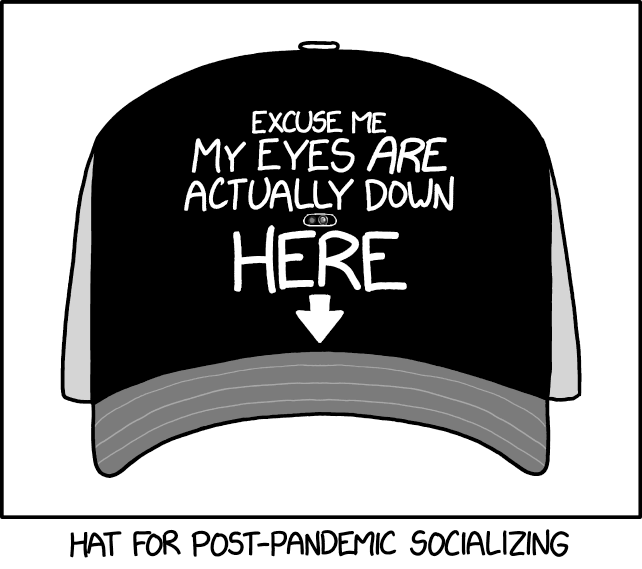
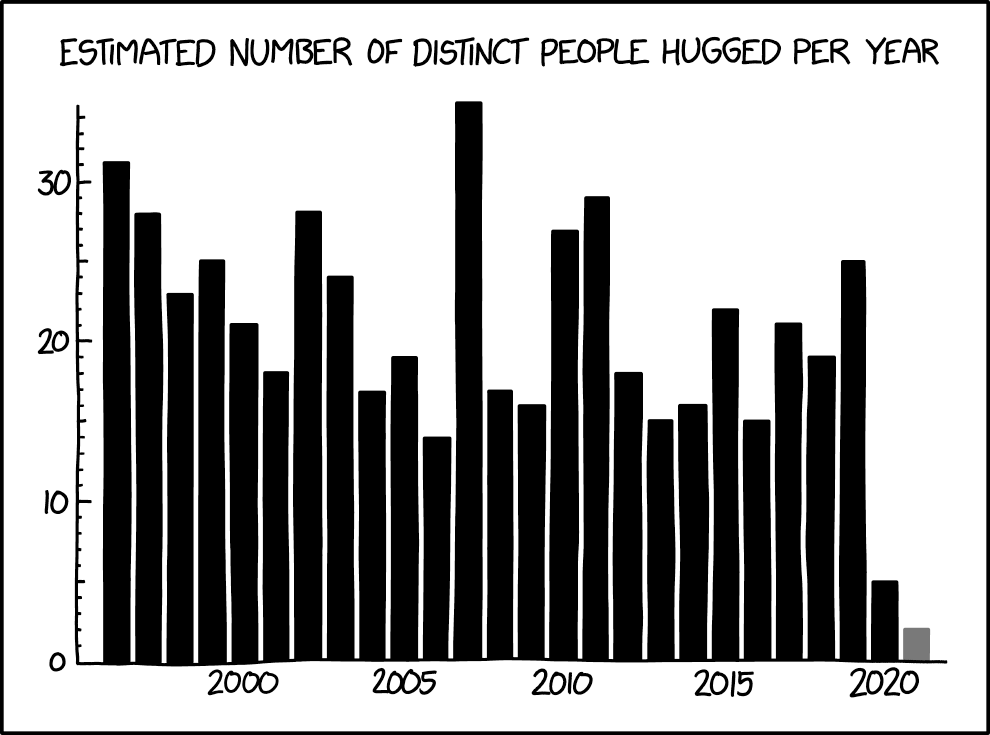
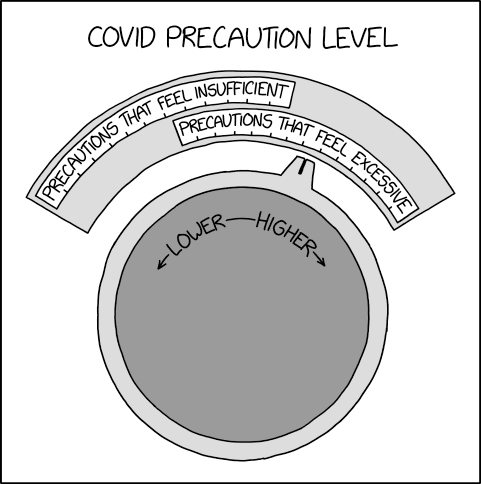

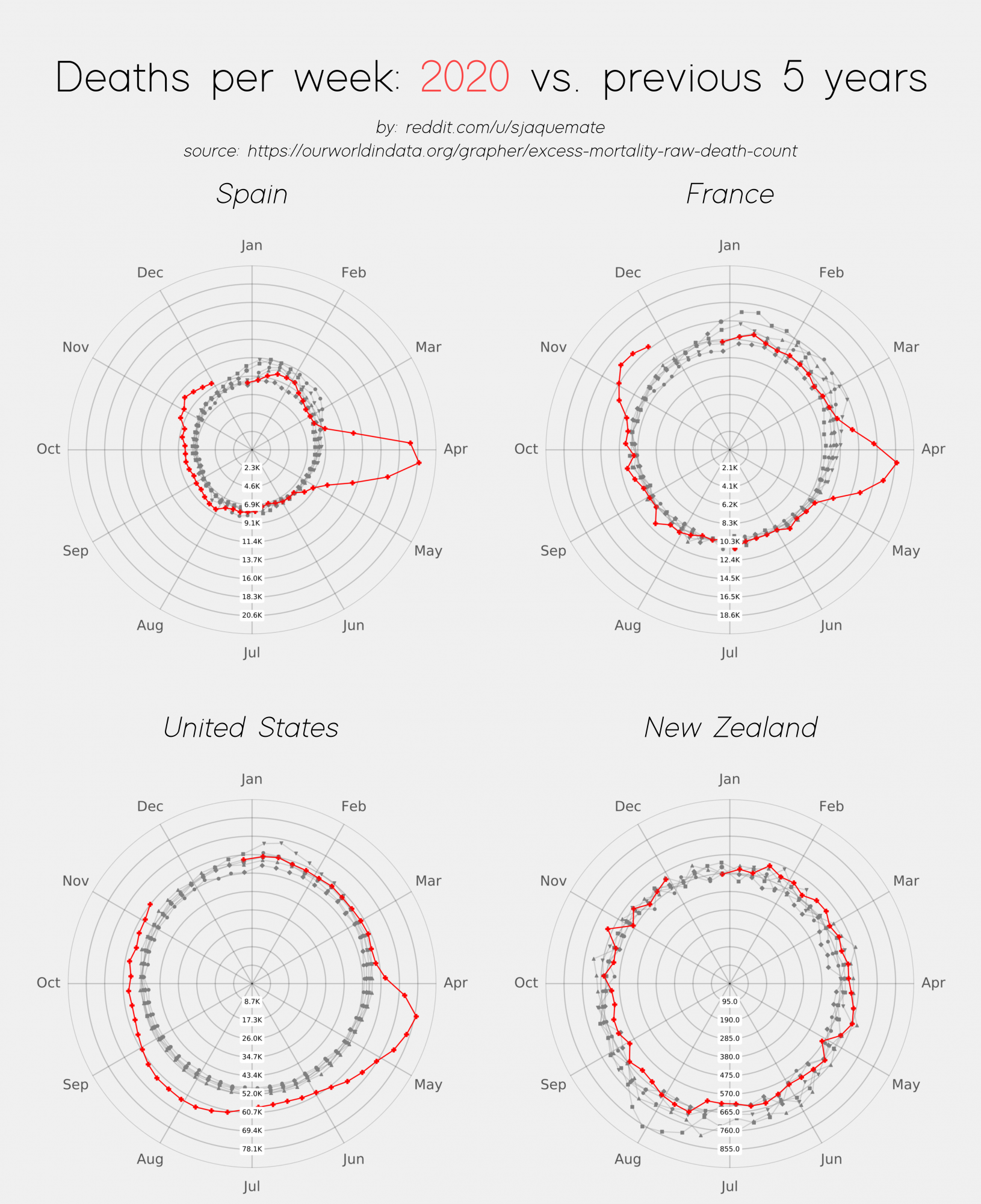


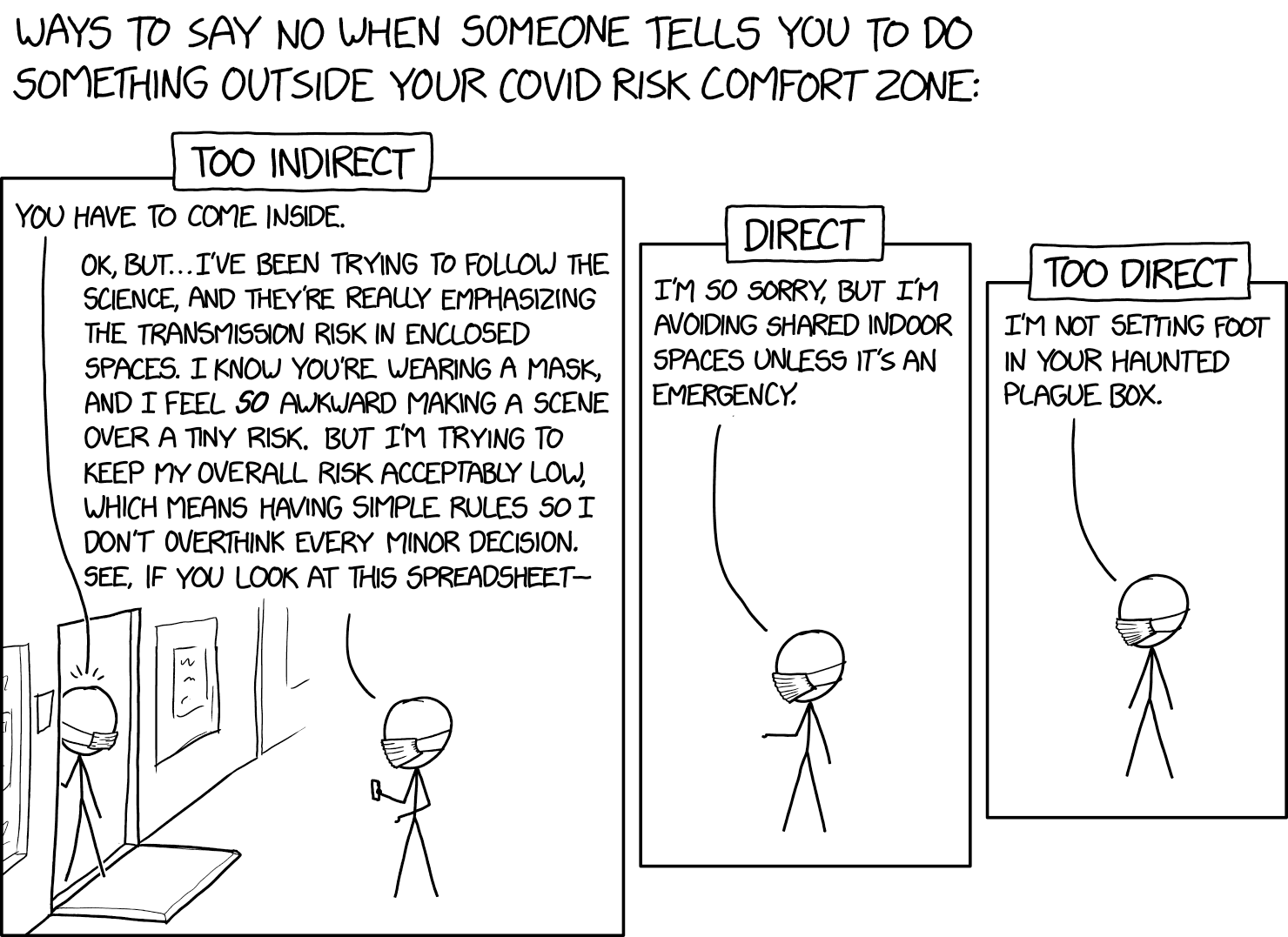


Flu Who?
Have you seen the flu stats this year? It turns out that masks, social distancing and 20 million more flu vaccines than last year are great ways to fight the flu. This is the lowest flu activity in 25 years. The stats are incredible. For example, over the last three years, there were an average of 177 pediatric deaths from influenza. This year? One.
The same number of tests were performed as in a normal year but only a tiny fraction of them are coming back positive so it’s not like they’re just getting reported as COVID instead. The CDC pages show the numbers by type of testing lab and each one tells the same story but I wanted to see the numbers all up so I pulled the raw data and made my own charts. The first chart shows the number of tests being run for each season (the series title is the year of the start of the season and each new season starts on week 40 of the year). Obviously the current series isn’t complete yet but up to this point, we’re running a comparable number of tests.
And of those tests, here are the counts of positive tests. I can’t figure out how to show the current season on the same chart as the others. The counts are so tiny compared to previous years.
There also aren’t nearly as many flu visits as normal this year either.
This is some feel good data! It’s fun to flip through these charts and see how much the flu season was stopped in it’s tracks while we fight back against COVID. If you want to dig through the data yourself, here are some links: source, source, source.